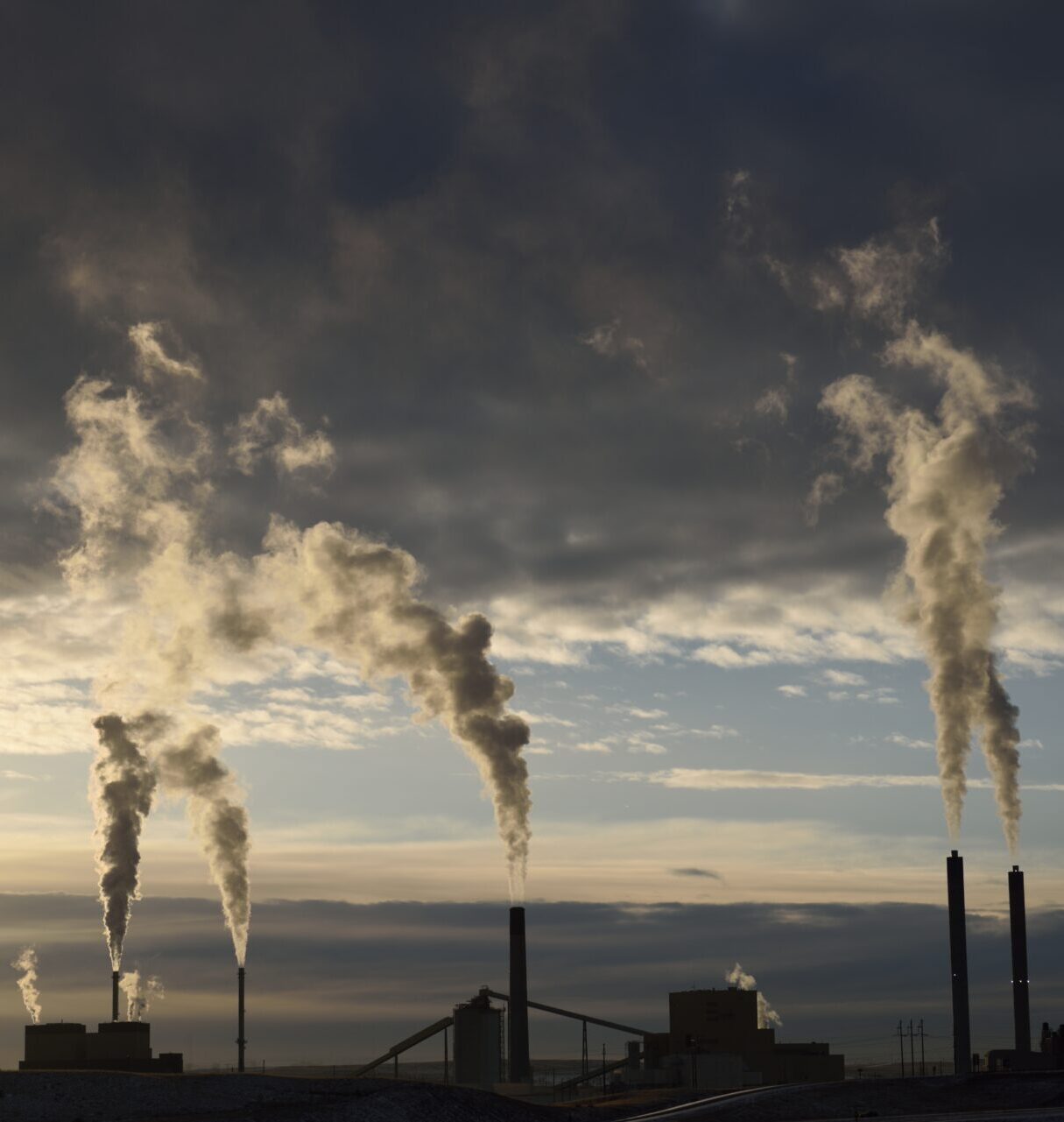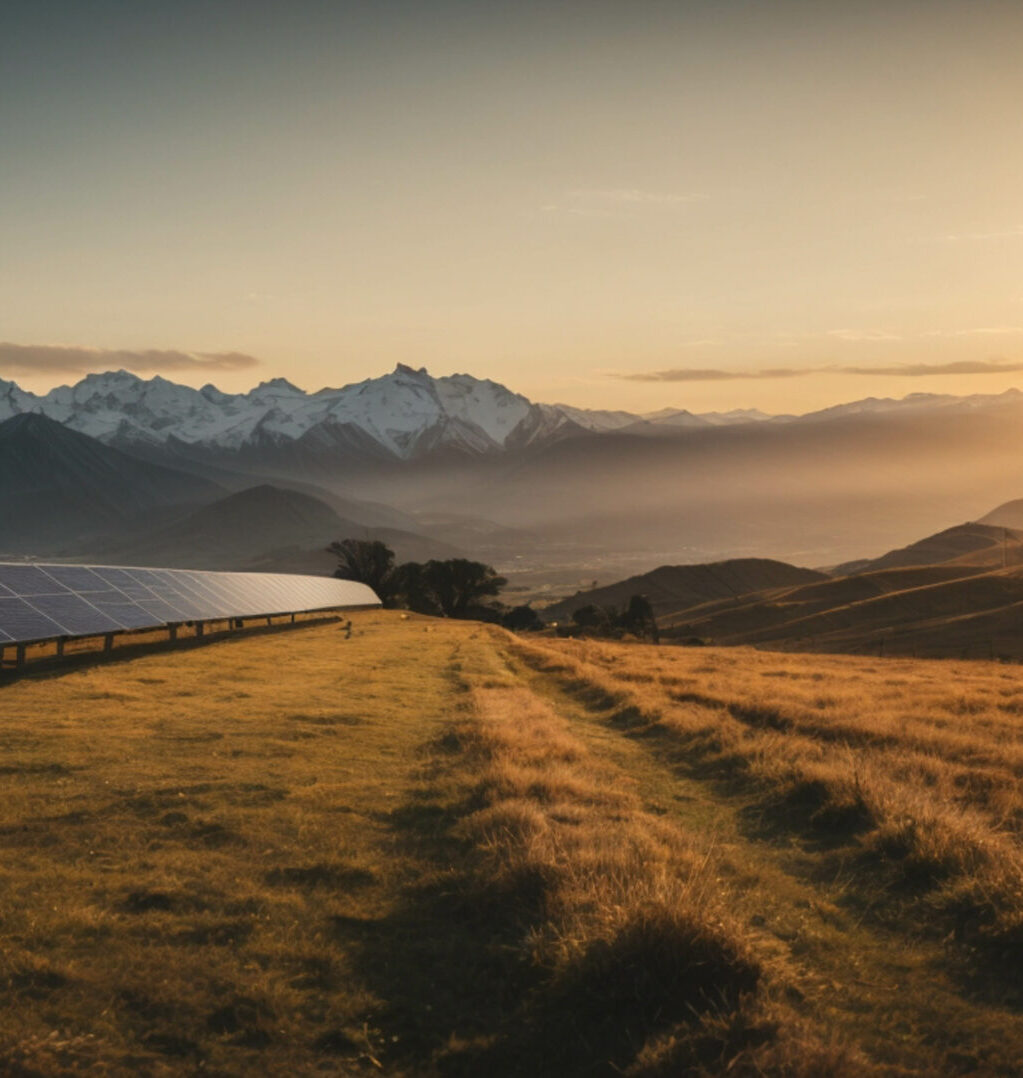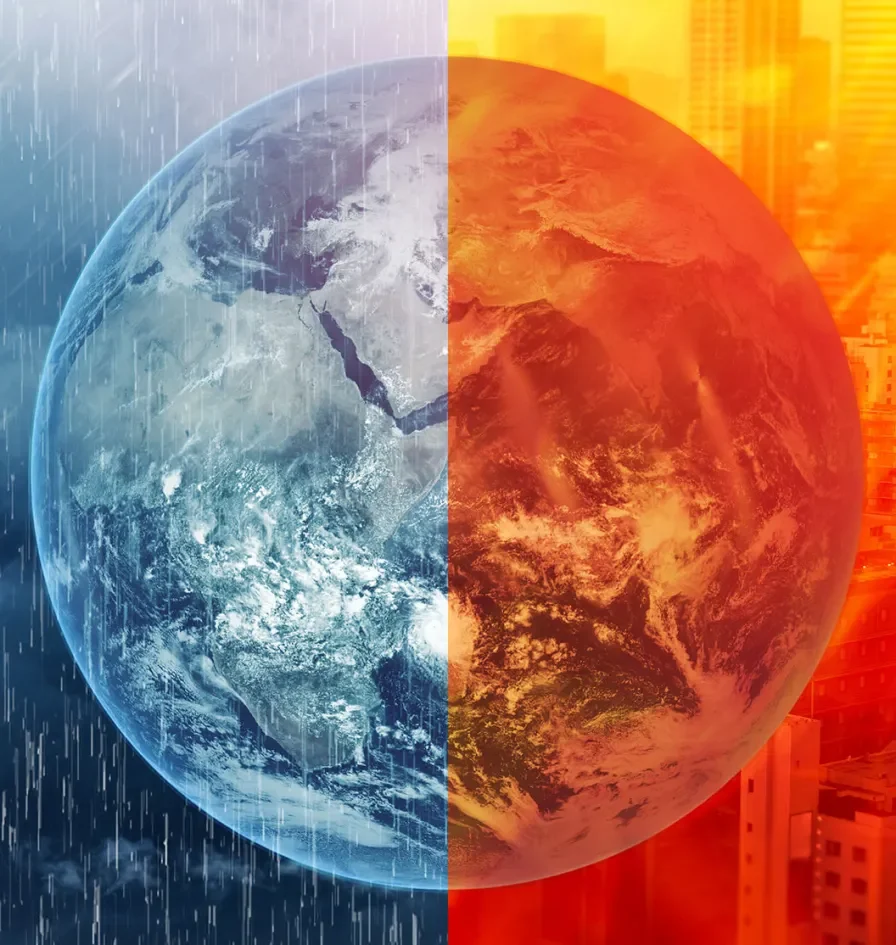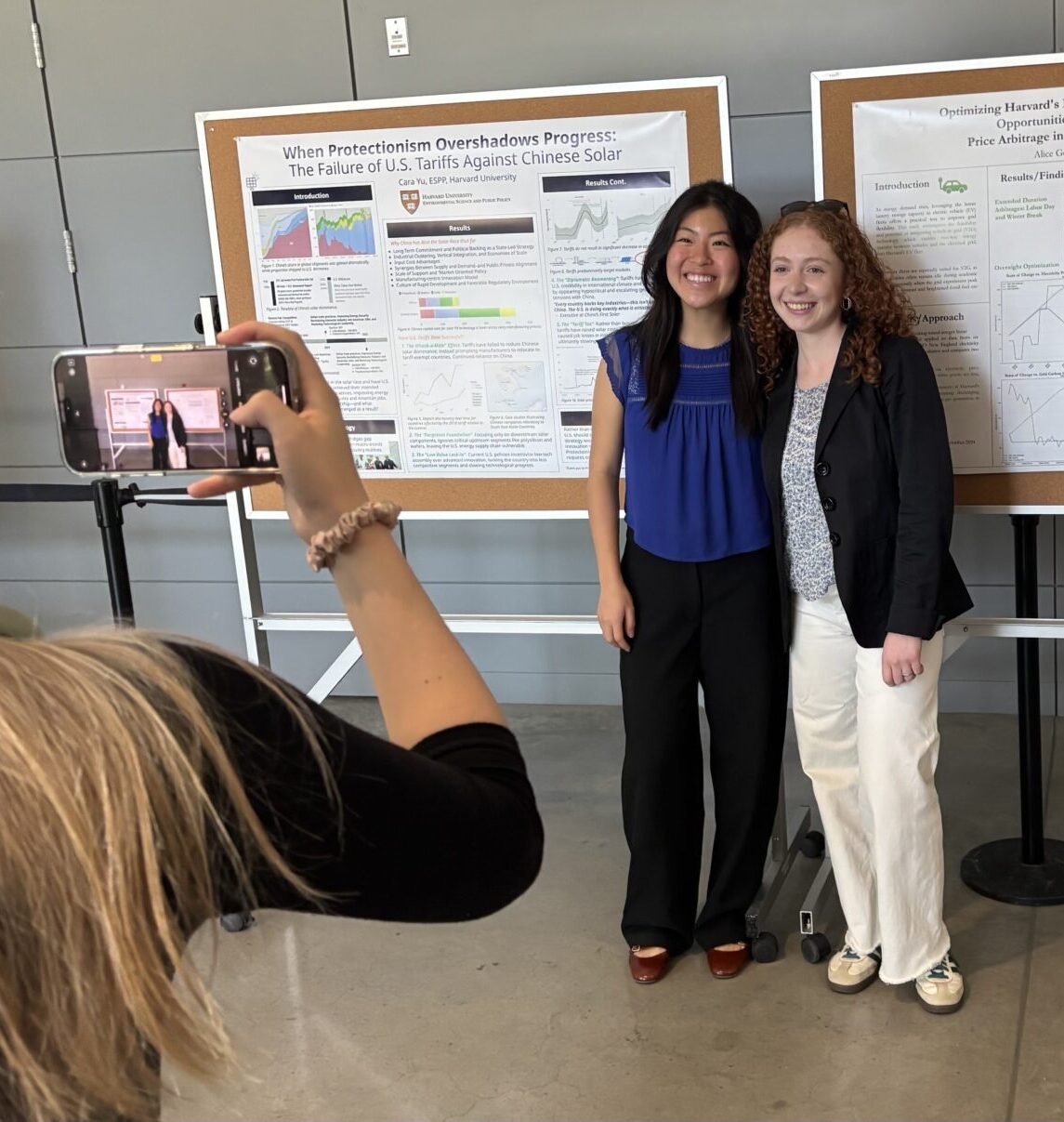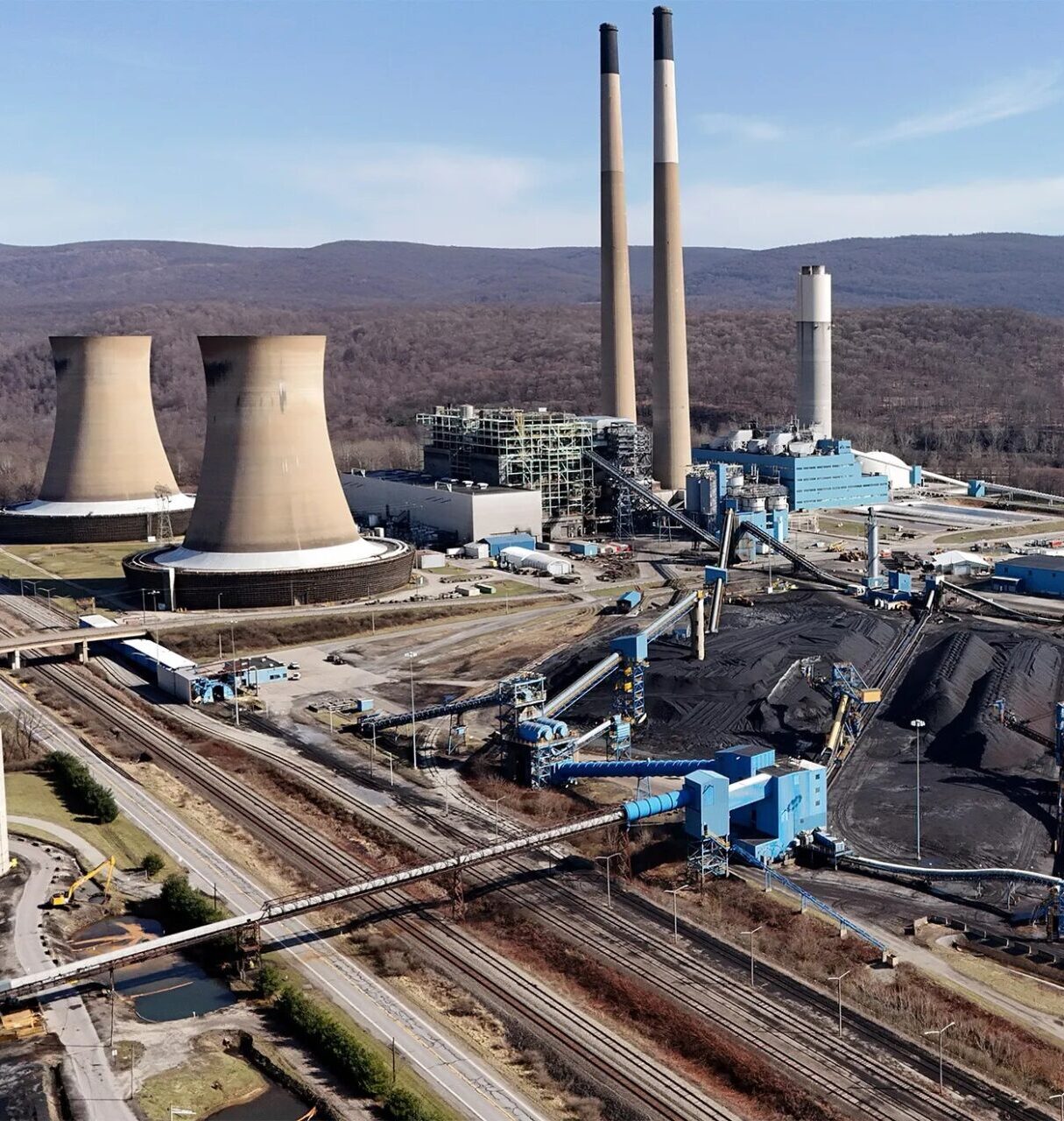Methane sensors are finding dangerous pollutants in low-income neighborhoods
A reduction in methane emissions is not only vital to preventing the worst effects of climate change. In many communities around the world, this greenhouse gas signals the presence of other toxins far more dangerous to residents’ health.
This link between atmospheric pollutants and environmental justice was the focus of a March 7 climate research workshop hosted by the Salata Institute for Climate and Sustainability at Harvard University.
Pointing to a satellite image of a Colorado elementary school on Google Earth, Steven Wofsy, the Abbott Lawrence Rotch Professor of Atmospheric and Environmental Science at Harvard, then showed the infrared signature of methane wafting over from a nearby landfill.
“When landfills are leaking methane into the atmosphere, they’re also leaking other stuff: aerosols formed from volatile organic compounds and other things that you don’t want to be in contact with,” said Wofsy, a pioneer in the remote sensing technologies that allow us to spot methane emissions from space.
“We can’t see those pollutants, but we can see the methane. And that’s one of the ways for us to address this,” he said.
In towns across America, a major source of methane – which traps 80 times more heat than carbon dioxide in the short term and is responsible for about 30 percent of current global warming – is decomposing garbage. According to government statistics, municipal solid waste in the U.S. contributes about 17 percent of total methane emissions, though recent studies suggest the figure is much higher. Reducing this outflow could be a powerful lever to mitigate climate change. One option is to flare the gas. Another is to capture it; because methane is the largest component in natural gas, it can be economical to capture and store it for use. Yet these technologies can leak.
Wofsy, a co-investigator on the Reducing Global Methane Emissions research cluster sponsored by the Salata Institute, showed satellite images of large methane plumes from a landfill in Pennsylvania that describes itself as one of the greenest businesses in the county.
“They put in decent technology to capture the methane, but we can see that it doesn’t work. And they don’t have the capability to monitor what’s happening,” he explained. “They’re trying to be good citizens, but they’re not succeeding. This state-of-the-art landfill is actually a hazardous waste site.”
Wofsy also pointed to industrial sources, both large – single sites in the Permian Basin emitting the greenhouse gas equivalent of a quarter million cars – and relatively small. In Oklahoma, he showed abandoned oil and gas wells leaking into towns with high poverty rates.
“In Oklahoma, you have lands that have been despoiled by oil and gas extraction and all these abandoned wells, abandoned environmental hazards leaking methane and other pollutants,” Wofsy said. “Generally speaking, the people who are living there are people who would prefer to be somewhere else, but they’re living there because that’s where they can afford to live. And they don’t have a lot of political leverage.”
Recent top-down research using infrared spectrometers mounted on satellites, airplanes and drones has shown a large discrepancy with methane emission figures reported by the oil and gas industry and waste management operators, suggesting many leaks are underreported.
These remote assessments are allowing scientists, policymakers, and the public to better understand the true scale of leaks, and spurring action by regulators such as the Environmental Protection Agency, which has recently tightened its rules governing methane emissions.
MethaneSAT, a satellite launched by the Environmental Defense Fund on March 4, will enable more fine-grained assessments. The data MethaneSAT sends back starting later this year will “help diagnose why some of these systems are failing,” said Wofsy, the lead scientist on MethaneSAT. “This is an unprecedented new ability to see who is – or isn’t – tackling their emissions.”
And any effort to clean up methane emissions will have the added benefit of helping contain other pollutants – those unhealthy aerosols and volatile organic compounds – as well.

